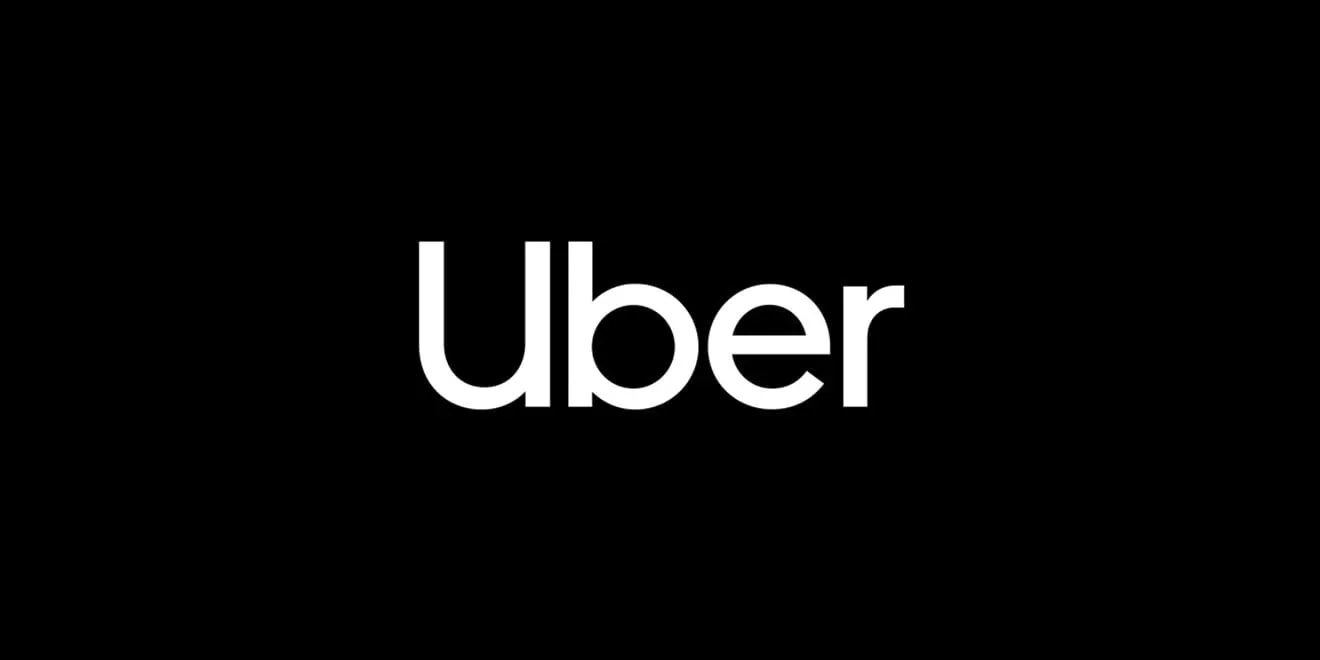The futuristic thought of the autopilot navigation is exciting, but it is alarming too. The Navigate on Autopilot brings a lot of things, issues and scenarios into consideration. The software used for this purpose needs to be on point to handle many of the scenarios. We can’t say that the idea is still something that the future holds. With Tesla having released the 9.0 software for self-driven cars has made a huge step towards changing the future of driving.
Tesla has been reported of testing autopilot navigation on traffic signals and roundabout.
With the release of the software, the company has realized the importance of testing various high traffic or sensitive areas on the roads. The traffic signals and roundabouts make it to the list of high priority areas that need to be tested before the company puts a check against the software Autopilot Navigation.
The Company is testing traffic signals, roundabouts, and signboards in the pre-release or beta software. Tesla explained the autopilot feature in a blog post and is very positive about how it works. Elon Musk has made a big statement saying that the autopilot feature will definitely “Blow the user’s mind away” through its perfection on changing lanes and steering.
If you have a Tesla built in past 2 years, definitely try Navigate on Autopilot. It will blow your mind. Automatically passes slow cars & takes highway interchanges & off-ramps.
— Elon Musk (@elonmusk) December 9, 2018
The company explains its auto-pilot as:
“Our most advanced Autopilot feature ever, Navigate on Autopilot is an active guidance feature that, with driver supervision, guides a car from a highway’s on-ramp to off-ramp, including suggesting lane changes, navigating highway interchanges and taking exits. It’s designed to make finding and following the most efficient path to your destination even easier on the highway when Autopilot is in use.”
Thus one can comprehend that these cars are going to be completely driverless, not a minimum input regarding anything would be expected or required. The company further highlights the stance saying:
“While initially, the feature will require drivers to confirm lane changes using the turn stalk before the car moves into an adjacent lane, future versions of Navigate on Autopilot will allow customers to waive the confirmation requirement if they choose to.”
However, the company validates the fact that this feature is not rolling out until it is approved by the regulators. Until then the drivers will be taking care of the all such complicated interactions or scenarios.
“In both of these scenarios, until truly driverless cars are validated and approved by regulators, drivers are responsible for and must remain in control of their car at all times.”
Navigate on Autopilot can be set on the driver’s preferences based on the lanes he chooses to drive in. The autopilot mode has the following lane changing options: Disabled, Mild, Average or Mad Max. The blog explains:
When enabled, Navigate on Autopilot’s speed-based lane changes will suggest transitions into adjacent lanes that are moving faster, in the event that your vehicle is traveling slower than the set cruise speed (for instance, if you approach a slow-moving car or truck ahead). The Mild setting suggests lane changes when you’re traveling significantly slower than your set speed, whereas Mad Max will suggest lane changes when traveling just below your set speed.
As per the promises made by Tesla, if this autopilot feature rolls out as mentioned, it would definitely help Tesla stand out from the crowd of other autonomous software producers.
Stay tuned to learn more!




Share Your Thoughts